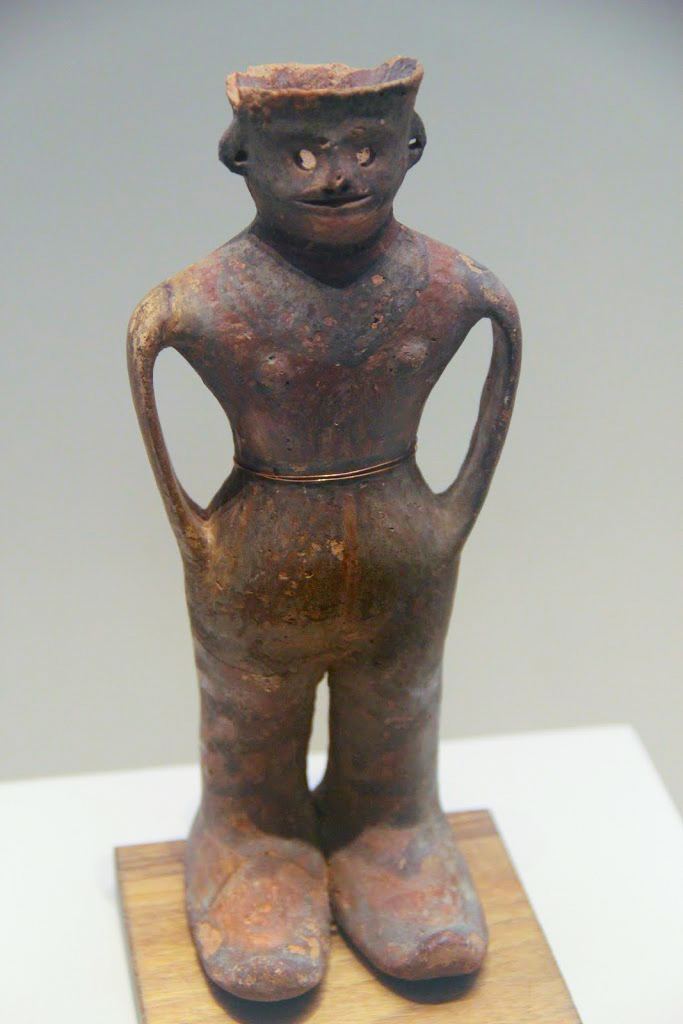 | ||
Siwa culture (Chinese: 寺洼文化; pinyin: Sìwā wénhuà) was a Bronze Age culture in the Gansu province of China. It was first discovered in 1924 at Mount Siwa (寺洼山) in Lintao County, hence its name. Siwa culture dating is approximately from 14th to 11th Century BC, it is tentatively attributed to the cultures of the Di (氐) and Qiang (羌) peoples.
Contents
The Siba (四坝) culture was an earlier culture dating to 1900-1500 BC that flourished in roughly the same area.
Context
The neighbouring Xindian culture was roughly contemporary with the Siwa culture, and was influenced by it. Some scholars hold that Siwa culture descended from the Qijia culture.
Geography
The Siwa culture is located in the Hexi Corridor. It is divided into two types – Siwa and Anguo. The former is distributed along the Tao River (Taohe) and the latter along the Weihe river. Siwa-type is somewhat earlier than the Western Zhou dynasty, while the Anguo-type is more or less contemporaneous with it.
One of Siwa culture's main characteristics is pottery with saddle-shaped openings (马鞍口陶罐), It is also distinguished by its bronze objects.
Since 2006, the Siwa site (寺洼遗址) is on the list of the People's Republic of China's archeological monuments.
Siba culture
The Siba (四坝) culture, or Huoshaogou (火烧沟), flourished in 1900-1500 BC in Gansu and Qinghai provinces. It was discovered in 1984 at Sibatan in Shandan county. ‘Siba-type’ pottery vessels are different from the others in Gansu. The Siba produced painted pottery with coloured decorations; these were painted after the vessels had been fired. Similar pottery was used by the Tianshanbeilu culture at Hami basin to the east.
The Siba engaged in agricultural activities like millet farming and pig farming. Their metallurgy was highly developed.
Siba culture is found mainly to the west of the Gansu corridor. The locations are found at Yongchang, Minyue, Jiuquan, Yumen counties, and others. Siba culture is bordered by the Qijia culture on the east. The later period of Qijia is very close to Siba culture. The Siba culture may have developed independently.
The site of Ganguya in Jiuquan has been excavated.
Significant differences have been observed in the comparison of the burial customs and artifacts in the three sites excavated: Donghuishan, Huoshaogou and Ganguya.
"During the first two periods of the [Donghuishan] Cemetery, there were only arsenical copper articles, but by the third period, bronze articles came into being. In the Ganguya Cemetery which was later than the Donghuishan Cemetery, more than sixty-five percent of the copper samples was tested bronze articles."
Siba culture played an intermediary role between the cultures to the east and west. There were also contacts with the Eurasian steppe. Research indicates that there was close interaction between agricultural and pastoral/hunting communities in this wide geographical area; pastoral/hunting communities also possessed many metal artefacts.
